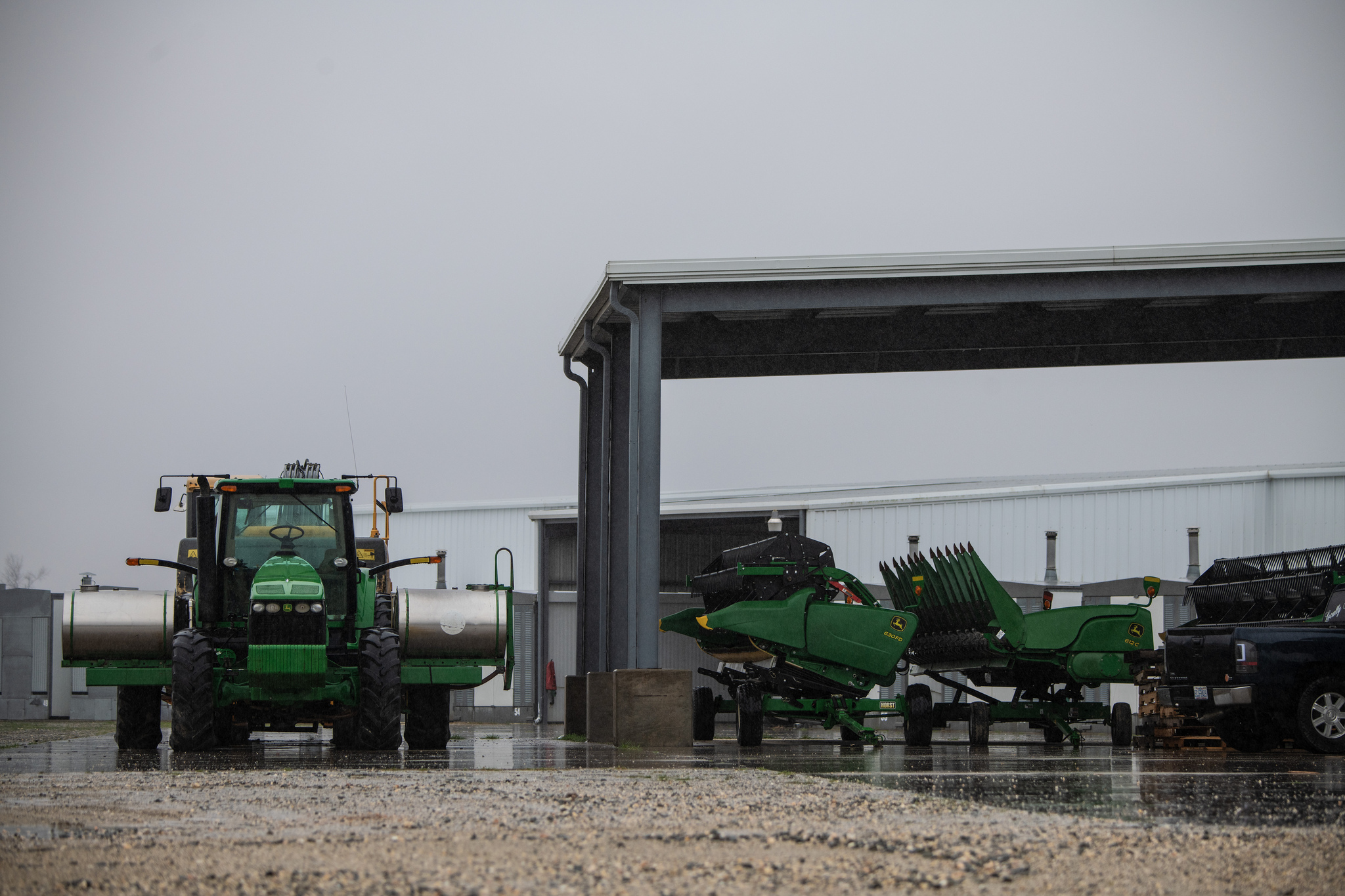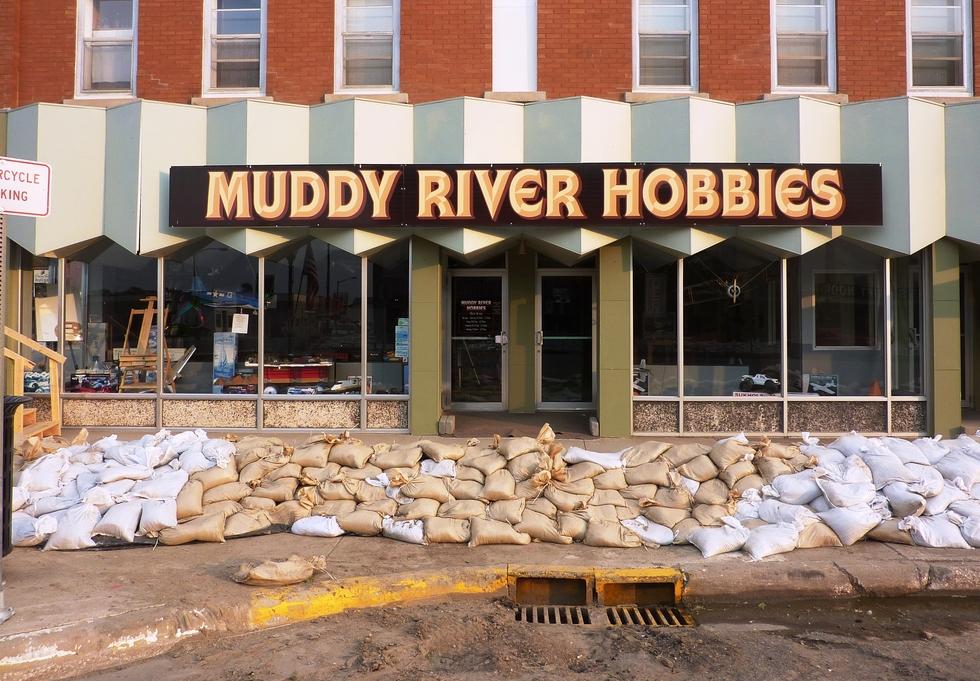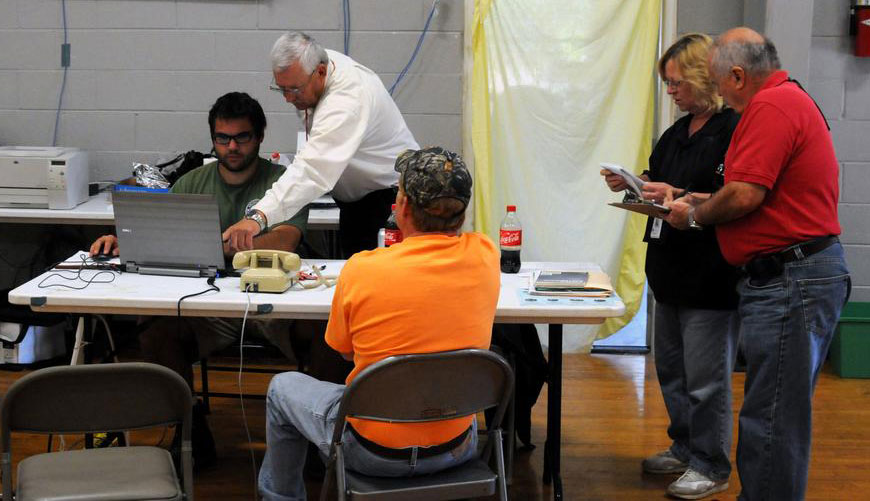Search

Wet Feet in Wheat
Given the widespread wet conditions present this spring, there are many areas in winter wheat fields with both ponding and saturated (or waterlogged) soils. Producers may want to consider soil conditions and evaluate extended weather forecasts when deciding whether or not to retain a winter wheat this spring.

Soybean Production: Cost-effective pest management practices
Chemicals were one of the most expensive individual costs in soybean production, behind only to seed in the non-land cost category. The average cash-rent soybean production farms incurred a crop chemical cost of $39/ac in 2015, an 88% increase from 2010.

Overproducing us Out of Business
There seems to be a misconception nowadays in much of the public that in order for agriculture to be sustainable in the future, there is a need to go organic. Organic agriculture can be sustainable, but so can traditional agriculture.

Flood Insurance
The higher amounts of snow this year will increase the chance of flooding and the potential water damage to homes and residential properties. Now is the time to consider purchasing a flood insurance policy.

Cover Crops & Livestock Integration: A Profit Opportunity for S.D. Farms
Cover crops have been gaining a reemerging acceptance over the last decade, with very few producers disagreeing about the potential soil health benefits of adding cover crops to their farming operation.

Communities Facing Disasters: Helpful Checklists
Whether communities are planning for, experiencing, or recovering from a disaster, checklists are helpful. View some helpful checklists created by experienced people who know what is needed during any stage of a disaster.

2018 Field Plot Summaries for Wheat Disease Management Trials
The wheat disease management field experiments conducted in the 2018 growing season evaluated several experimental and commercially available fungicides for managing foliar, head or root diseases of spring wheat. Foliar and spike/head diseases incidence and severity were assessed. The field experiments were implemented at Volga Research Farm and Northeast Research Farm (NERF) near South Shore, SD. Results of the same experiment may vary between Volga and Northeast due to environmental differences between the two locations.

Sorghum Weed Control
Early competition, especially from grass, is critical for successfully controlling weeds in sorghum. There are preemergence as well as postemergence herbicides available for this crop. Early treatment provides the best control of broadleaved weeds with crop stage also being a critical factor for some postemergence treatments.

Managing Disaster Recovery for Your Small Business
What do you do when your small business is hit by a disaster such as a flood, tornado, fire or other natural disaster? Many times, with the day to day work of operating a business, we sometimes forget about what we have in our disaster plan.

Every Disaster is Local First
If you are experiencing a disaster, it is a local disaster. Your best chance for immediate help before, during, or after a disaster is local.